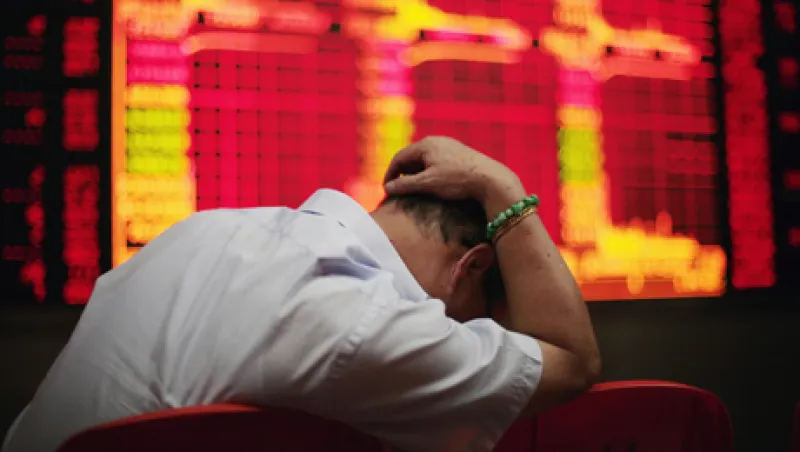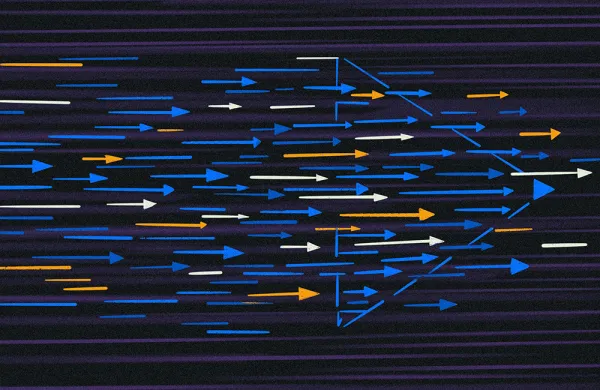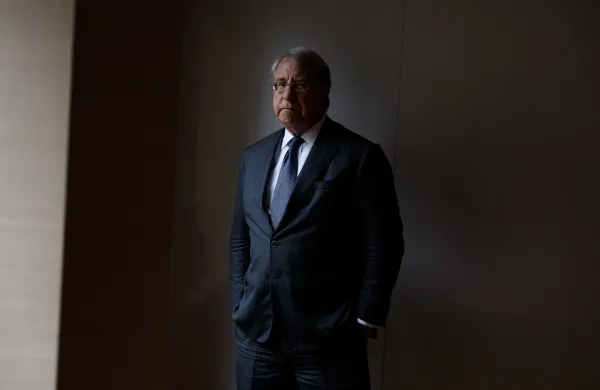Three outspoken critics of the growing prominence of high frequency trading on U.S. and global equity markets — HFT accounts for more than 50 percent of equity trading activity in the U.S. — have proposed time-oriented solutions to what they say are its harmful impact on markets.
Their ideas are presented in two new books released in June. One is Wait: The Art and Science of Delay, by Frank Partnoy, the George E. Barrett professor of law and finance at the University of San Diego and an expert on financial market regulations. The other is Broken Markets: How High Frequency Trading and Predatory Practices on Wall Street Are Destroying Investor Confidence and Your Portfolio, by Sal Arnuk and Joseph Saluzzi.
Arnuk and Saluzzi are owners of Themis Trading, an institutional brokerage firm in Chatham, New Jersey. Saluzzi is also a member of the Commodity Futures Trading Commission subcommittee on automated and high frequency trading, charged with developing a working definition of HFT to help guide market regulators.
Partnoy advocates the introduction of a 90-minute midday break from trading on NYSE Euronext and Nasdaq, which, he says, would dampen the impact of high frequency trading on prices, reduce the focus on liquidity needs and allow human traders to rethink strategy and possibly rejigger algorithms.
“A trading pause would give traders the opportunity to think about what news had arisen over the course of the first part of the day, without having the price constantly changing,” Partnoy says, noting that while HFT activity can be a source of liquidity in normal circumstances, it can introduce serious liquidity problems — or cause it to dry up completely — during times of market crisis, as the flash crash of May 6, 2010 demonstrated.
“Why does trading need to be continuous?” Partnoy asks. “It would be far more efficient to design markets to be lumpy. Rather than dribbling liquidity out throughout the day, a restriction on trading time could result in better liquidity,” he says, adding that he would not be averse to a market that reduced trading times even further, to a five-second auction once every hour.
“The most efficient market is the one where you get all of the supply and demand in one place at one time, freeing up the additional, nonauction time for thinking and strategizing.” However, he thinks this would be far too radical a change for markets — at least for now.
“In suggesting an hour-and-a-half break, I am trying to reach a reasonable middle ground. I don’t think people are willing at this point to have hourly auctions. But the 24-hour trading cycle is not sustainable, the flash crash is not the end to the dangers associated with high frequency trading, and the current structure is not helping to promote efficiency,” Partnoy says.
While he aims to curb HFT activity, Partnoy also thinks HFT traders might be supporters of his midday reduction in daily trading times. “I don’t understand why they would oppose it; it could actually create more opportunities for them,” he says. HFT algorithms are often directed to take action at the opening and close of the trading day.
He does acknowledge that to work effectively such a change could not be restricted to U.S. markets but would require a certain degree of coordination and cooperation among global regulators. If not, some high frequency traders would be quick to arbitrage among markets, abandoning markets that restrict trading for short periods for those that trade continuously.
An alternative proposal comes from Themis Trading’s Arnuk and Saluzzi. In their new book, Broken Markets, they call for a range of market structure adjustments, including a new rule requiring trading orders to be valid for at least one second and eliminating the pinging or sonar-like exploration of other traders’ intentions that HFT critics abhor. The authors explain that with this change, high frequency traders would expose their phantom volume and pinging tendencies designed to sniff out the intentions and strategies of other traders. “One second would destroy their ability to immediately cancel [a trade] if nothing is there,” the authors assert.
However, in recent public statements, Saluzzi has proposed that regulators require that trading orders remain valid for just 50 milliseconds, which would prevent a cancellation of an order during that time. As he explained in an e-mail: “In our original white paper published in 2008 (which is reproduced in the book), we called for a one-second minimum life. Almost four years later we think it would be necessary for only a smaller increment. We use 50 milliseconds based on the research of Mao Ye, Chen Yao and Jiading Gai of the University of Illinois at Urbana-Champaign. Their paper, 'The Externality of High Frequency Trading' (released in May 2012), states that orders with a life of less than 50 milliseconds have little contribution to real liquidity."
In contrast, HFT analyst Partnoy says that the result of a one-second trading rule or any short-term pause would be to make many high-speed, low-latency HFT strategies instantly unprofitable, what Partnoy calls a kind of tax on HFT activities, involving time instead of money. He questions whether the pause, while effective at putting a damper on HFT, could gain a large enough following in today’s speed-obsessed markets.
Partnoy thinks his suggestion of a longer, 90-minute market pause has a better chance of being widely accepted, and he hopes the institutional investor community will seriously consider this change. “While there are great benefits to institutional investors with the liquidity that can come with high frequency trading, these same investors need to get out in front of the potential problems that HFT can bring," he says. “The flash crash is not the end of the HFT downside to markets, and it is to the advantage of institutional investors to figure out ways to ensure that there will be liquidity for them and others during times of crisis.”






